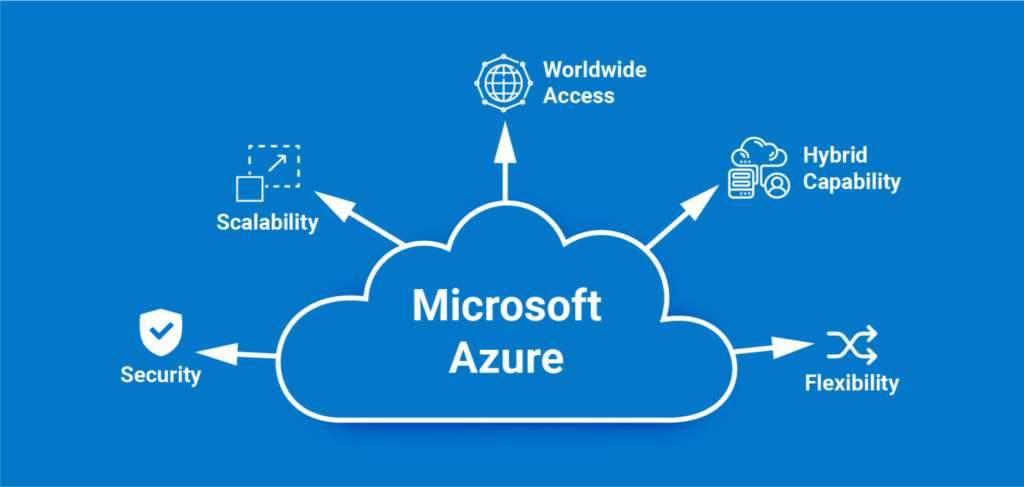Most people who keep up with cloud computing services (computing services that are offered over the internet from virtual machines to networking to data storage) will probably have heard about the service from Microsoft called Microsoft Azure. Formerly known as Windows Azure, Microsoft Azure is a public cloud computing platform that offers a wide range of cloud computing services. Azure has come a long way as a cloud computing service from its initial announcement in October of 2008 at Microsoft’s Professional Developers Conference (PDC) under the internal project codename “Project Red Dog”. Back then, Azure was a very basic cloud operating system with not much modern functionality. It took about half a year from this announcement to add SQL Relational Database functionality to Azure and only a small number of professionals could utilize Azure to its full capacity since Microsoft only allowed certain companies that went through them to use Azure.
By February 1st of 2010, Azure was no longer just a cloud computing platform only available to companies and professionals. It was commercially available for the public to use. Anyone from hobbyists and small-time cloud computing enthusiasts to large corporations could use this cloud service for their own needs. Later that year, an update was applied that added the .NET Framework 4 software framework and general enhancements to the platform. Then, in July of 2014, Azure public released a service called Azure Machine Learning which allowed anyone using the public cloud service to implement machine learning and basic AI with their other services.
All of this leads to today, where Azure is used to power many services such as Microsoft’s Internet of Things technological system and Microsoft Teams: a system similar to Zoom that allows people to have remote business meetings. Teams was used a lot during the COVID-19 pandemic with a 775% increase in usage during that time and an estimated 44 million daily active users worldwide. Hopefully, Azure will continue to have new features in the future and allow people to freely work with the cloud with a regularly updated, functional cloud computing system.




